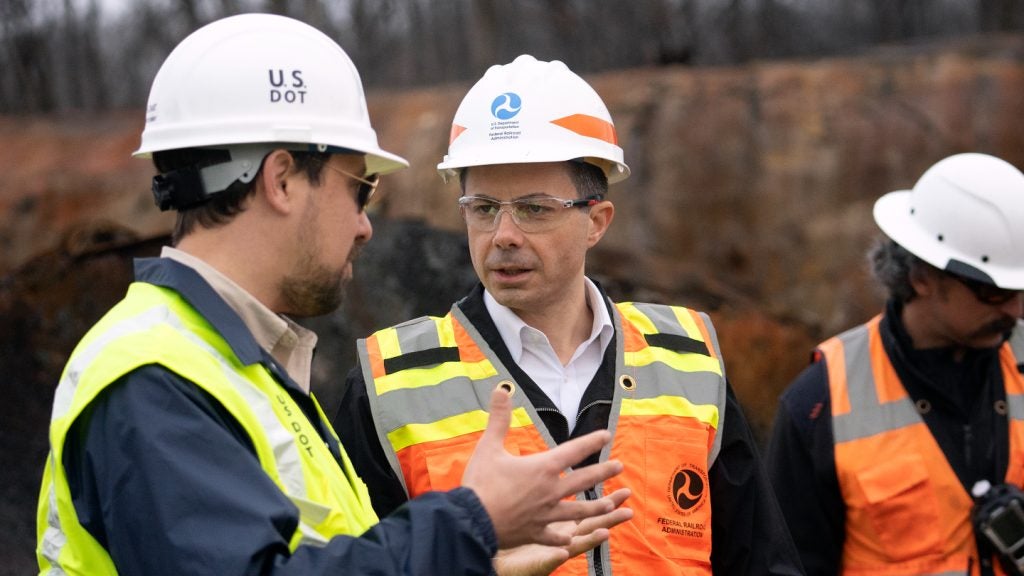Ottawa mayor Jim Watson has confirmed that construction on the first phase of the Canadian city’s $2.1bn O-Train Confederation Line LRT project is on time and on budget.
Currently construction is being carried out for the future Tremblay Station, which is located west of the former Train Transitway Station and south-west of the existing D-ring road in front of the VIA Rail Station on Tremblay Road.
Scheduled to be completed by late next year, Tremblay Station is one of 13 stations to be built on the route.
According to the mayor, all 13 stations will begin construction by the end of this year.
The Rideau Transit Group is the private-sector partner responsible for this first stage of the project, which will have a 12.5km electric light rail line that will provide rapid transit between Blair Station in the east and Tunney’s Pasture Station in the west.
The route includes a 2.5km tunnel that will reduce congestion through the downtown core and connects to the O-Train’s Trillium Line at Bayview Station.
How well do you really know your competitors?
Access the most comprehensive Company Profiles on the market, powered by GlobalData. Save hours of research. Gain competitive edge.

Thank you!
Your download email will arrive shortly
Not ready to buy yet? Download a free sample
We are confident about the unique quality of our Company Profiles. However, we want you to make the most beneficial decision for your business, so we offer a free sample that you can download by submitting the below form
By GlobalDataFor the LRT project, the Canadian Government is contributing $600m, the City of Ottawa will also allocate up to $161.5m and $287m of provincial gas tax transfers to the capital infrastructure.
Funds for the remaining project will come from development charge revenues and transit reserves.
Canadian Minister of Infrastructure and Communities Amarjeet Sohi said: "Once completed, the O-Train Confederation Line will be one of the most advanced and innovative transit systems in North America and will serve as the foundation of the City of Ottawa’s planned citywide O-Train network.
"This project will make transit more reliable and accessible for residents and visitors in the region and is a clear example of how all three levels of government are working together to provide better transportation options for Ottawa residents."
The new Tremblay Station will features covered eastbound and westbound platforms, passenger information displays on platforms, a covered pedestrian connection to the existing VIA Rail Station, a connection to existing multi-use pathways.
It will also have a full range of accessibility features, including accessible benches, elevators and tactile direction.







